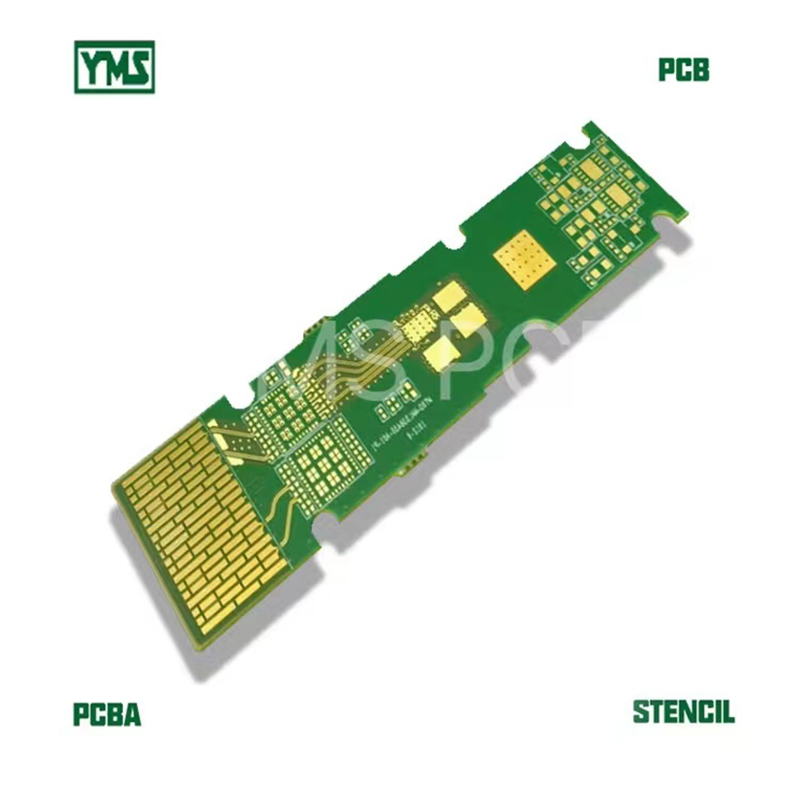In the fast-evolving world of medical technology, stability and reliability are paramount. The design of multilayer printed circuit boards (PCBs) plays a critical role in ensuring that medical devices operate flawlessly. Let’s dive into the innovative strategies behind PCB design that enhance their stability and performance.

Innovative design techniques in multilayer PCBs can significantly enhance product stability. These include the use of high-density interconnects and the implementation of advanced materials that are resilient under varying conditions. Such innovation not only meets market demand but also ensures compliance with stringent safety regulations.
For instance, consider a case where a heart monitoring device incorporates a state-of-the-art multilayer PCB. This design has resulted in reduced signal loss and increased durability, ultimately leading to enhanced patient outcomes. Now, that’s something to smile about!

As medical technology advances, so does the demand for high-quality PCBs. Manufacturers are now prioritizing stability and reliability in their designs, creating a competitive edge in the market. After all, who wouldn’t want to be the go-to provider for trusted medical solutions?
In conclusion, the innovative design and stability of multilayer PCBs are essential in the ever-demanding field of medical devices. By continually adapting to market needs and technological advancements, manufacturers can ensure the success and reliability of their products.
